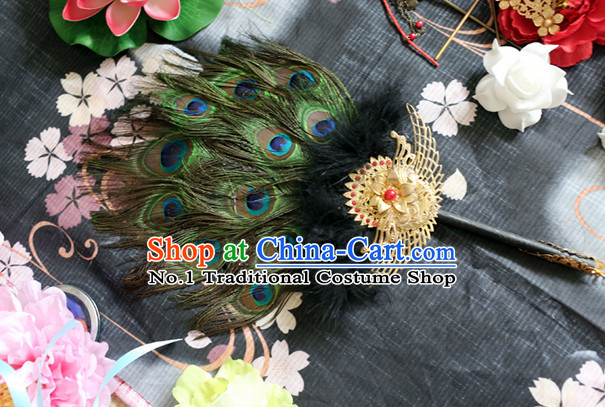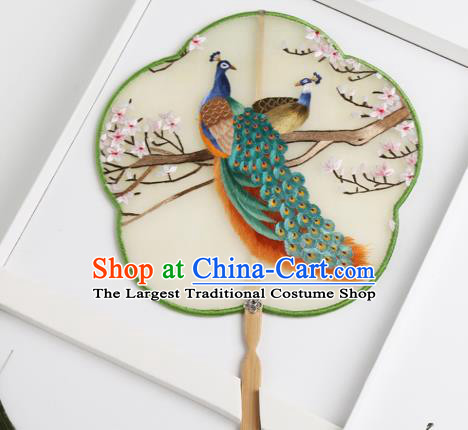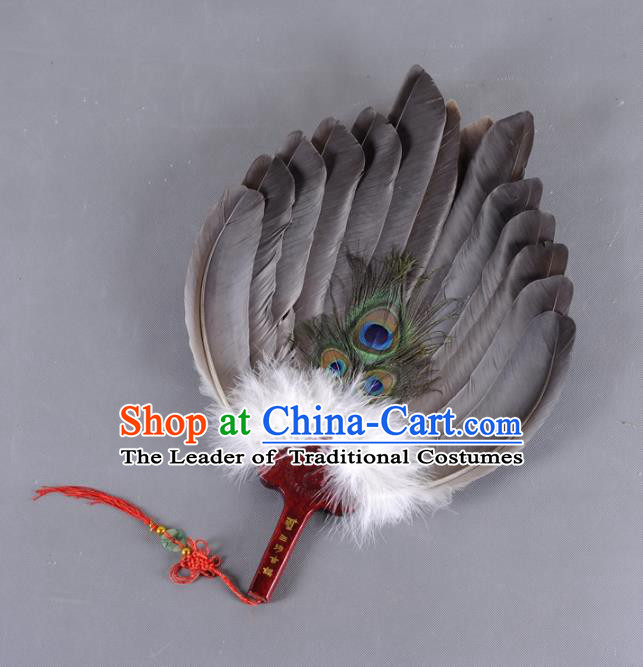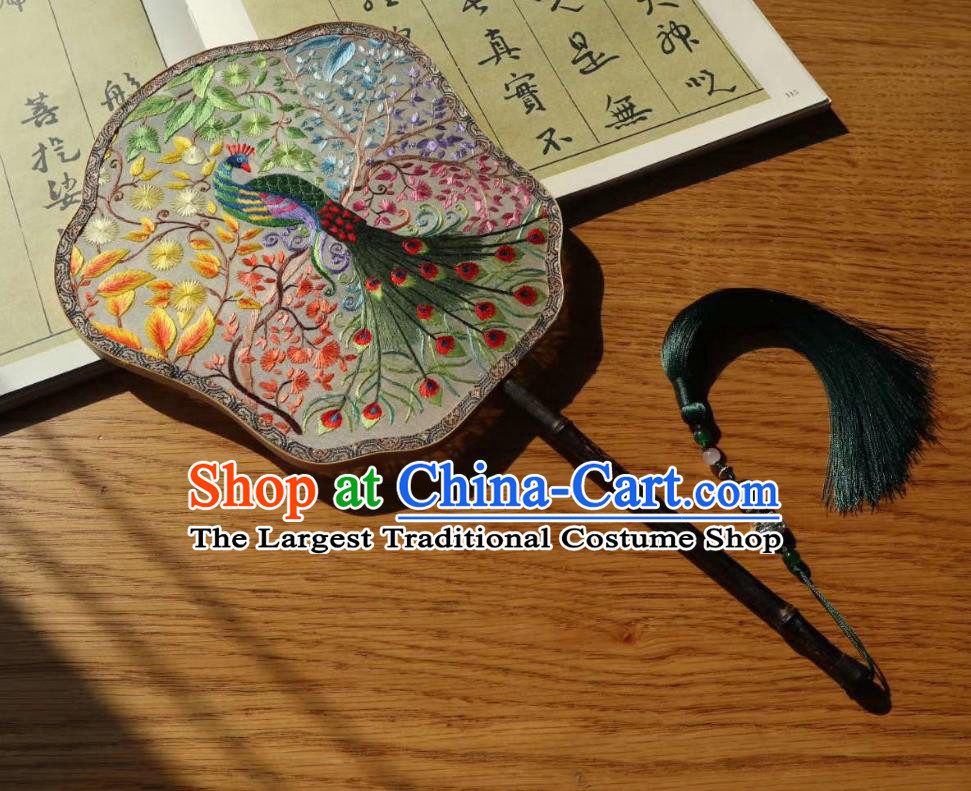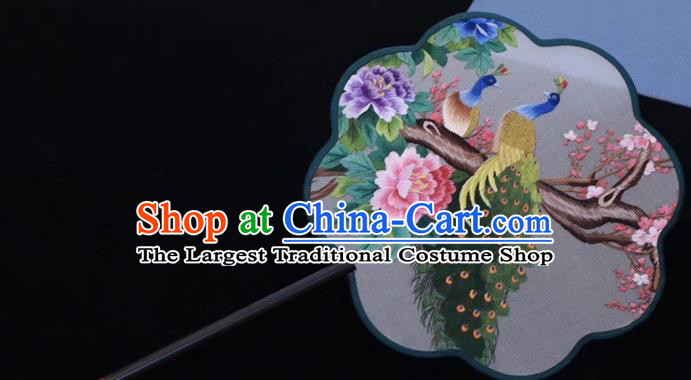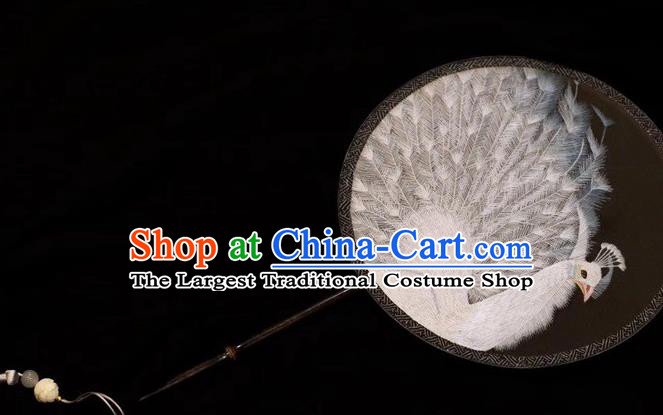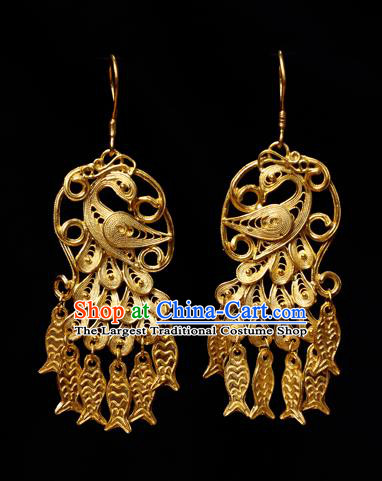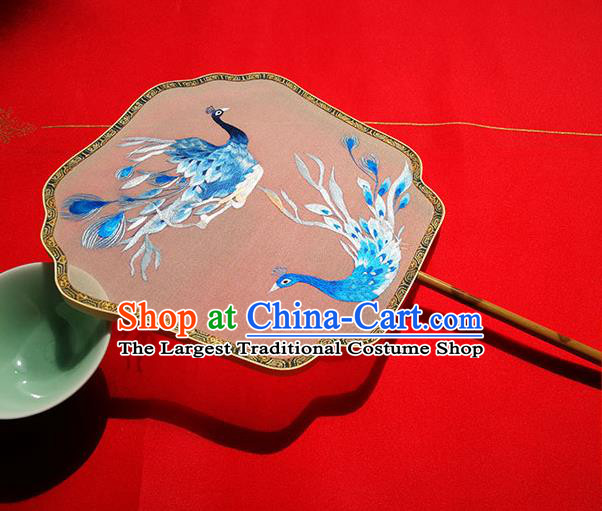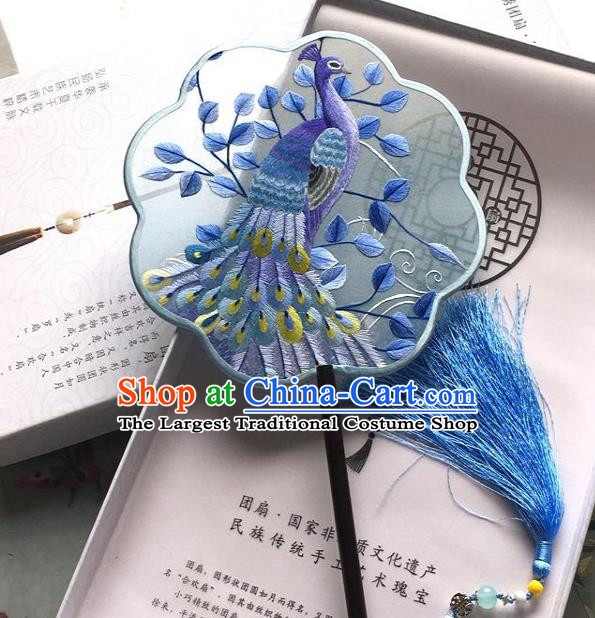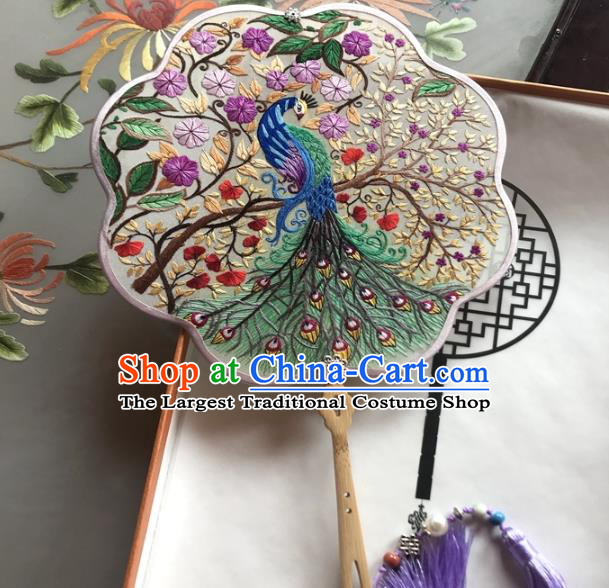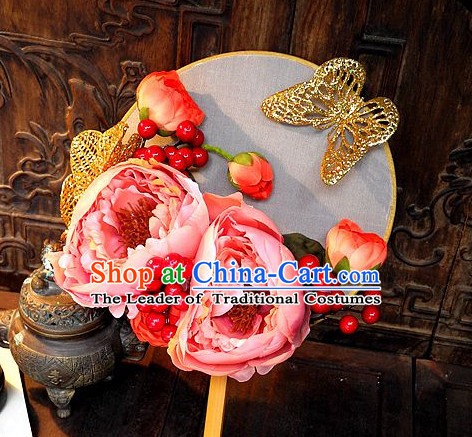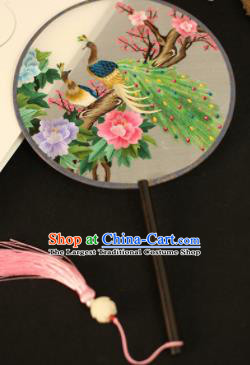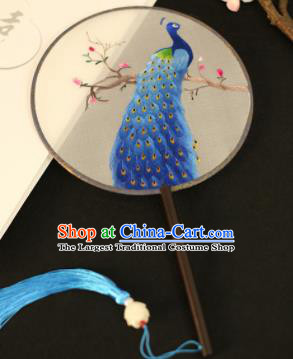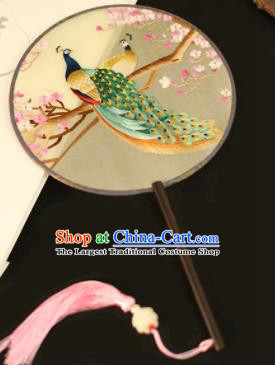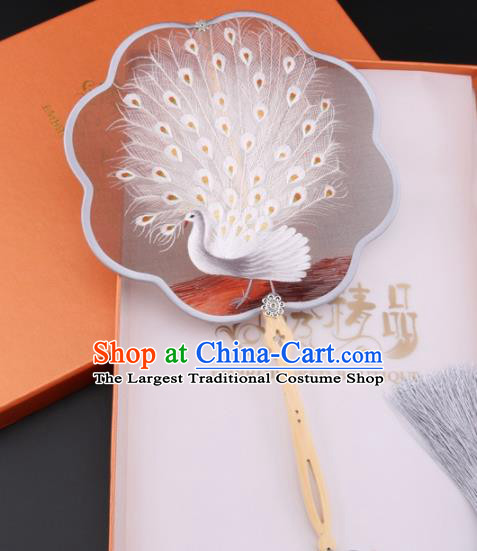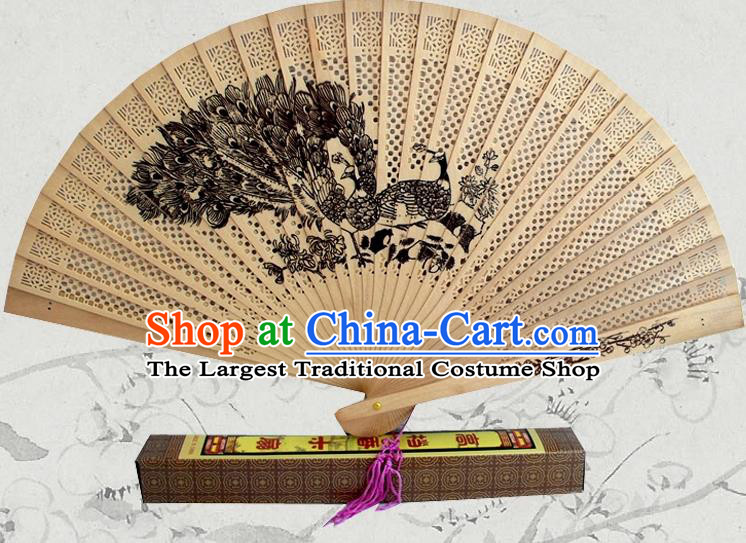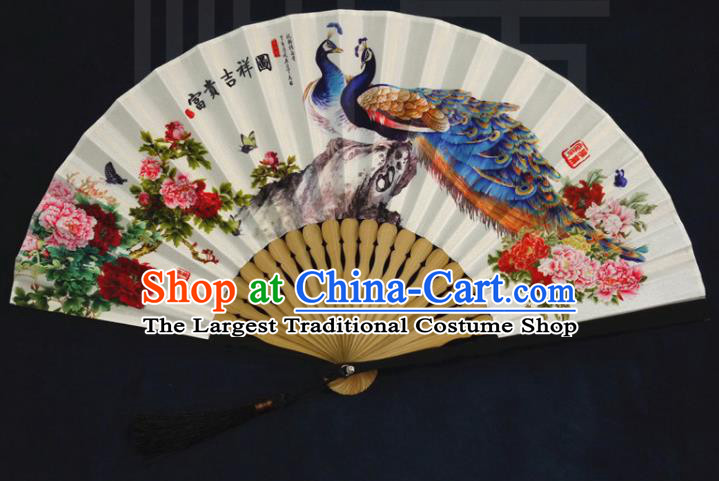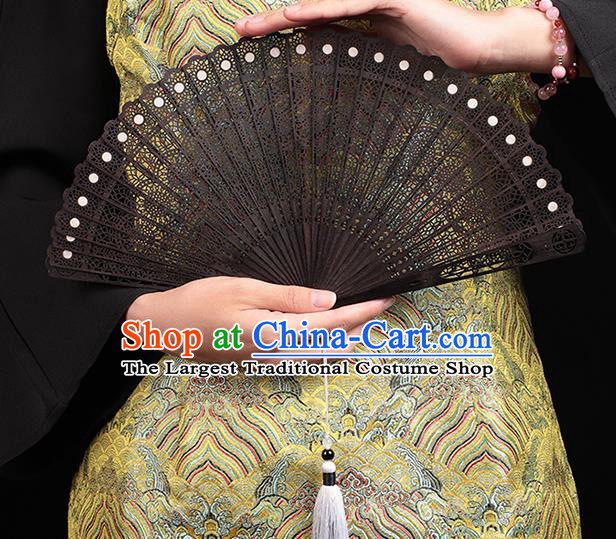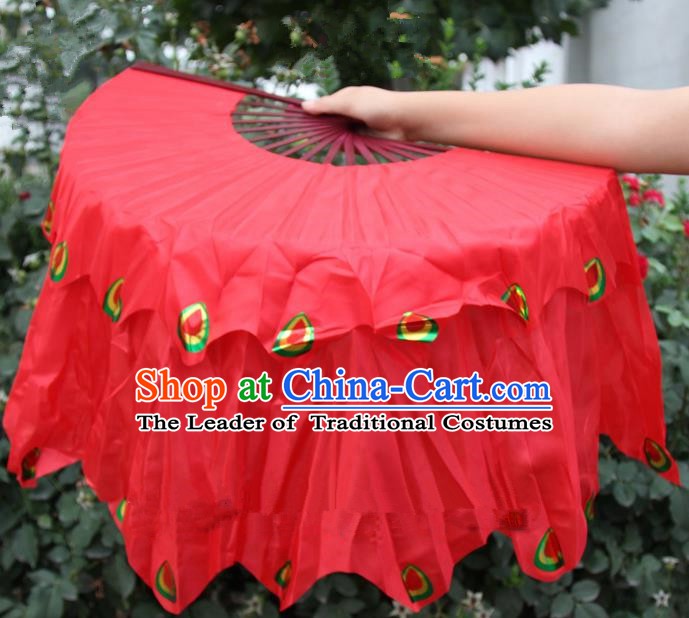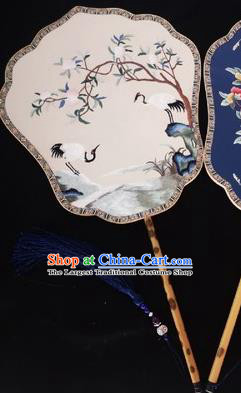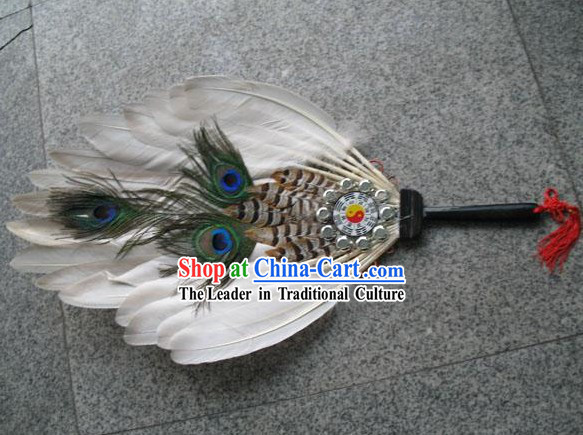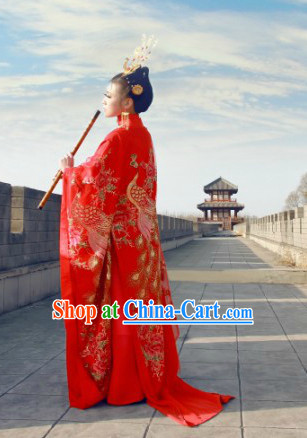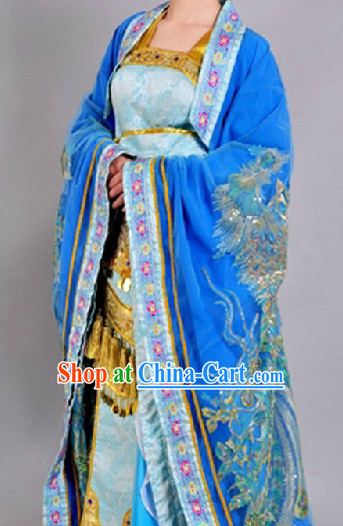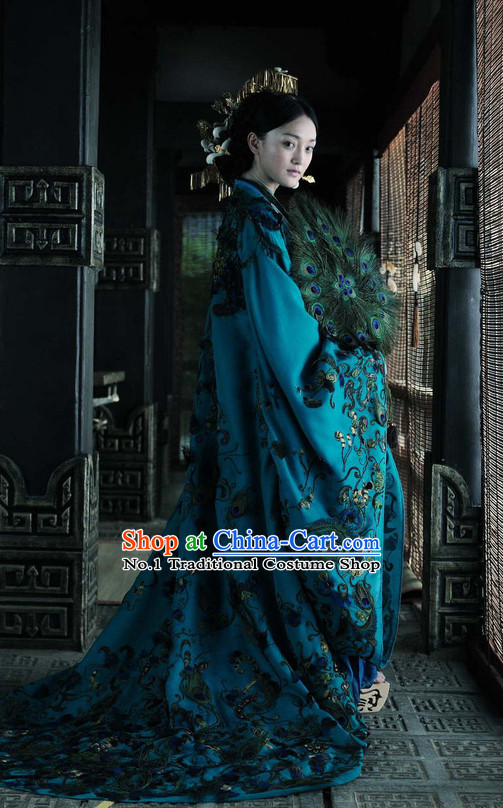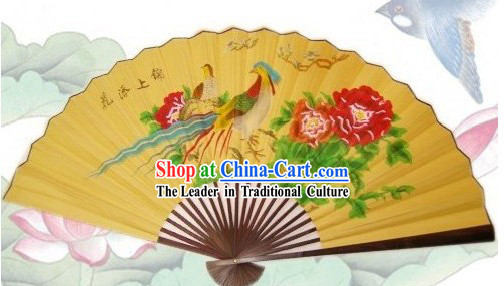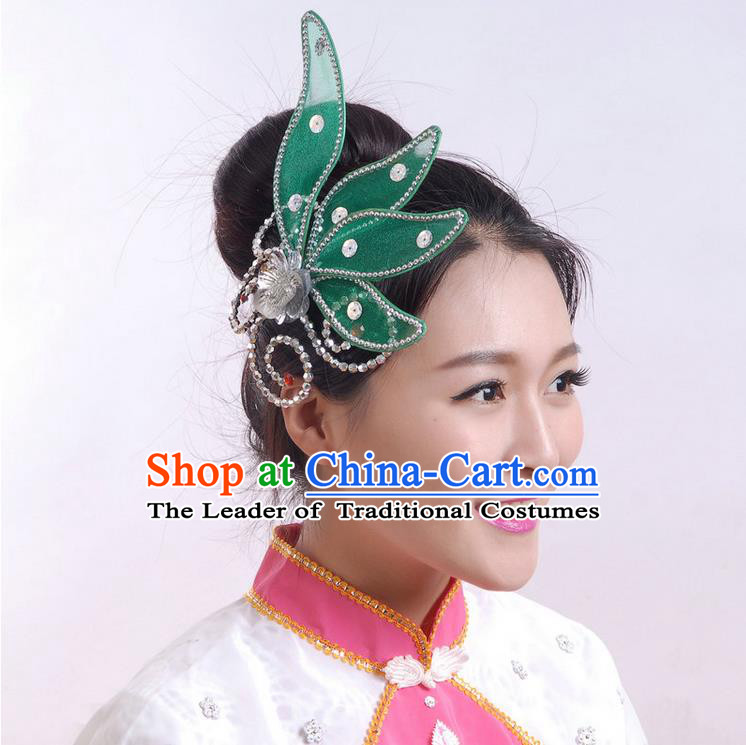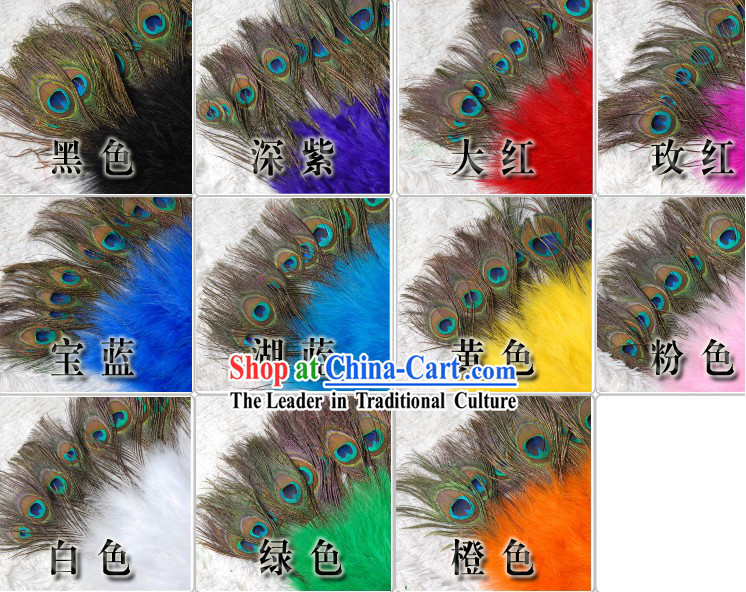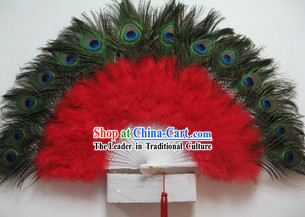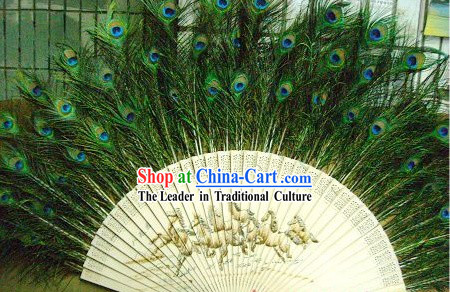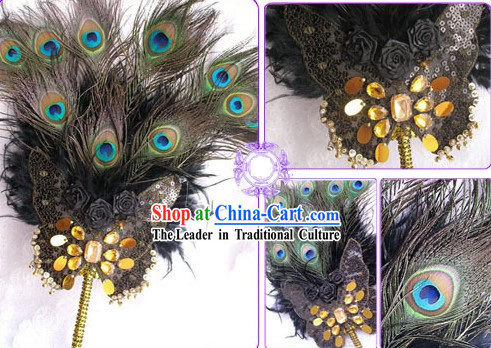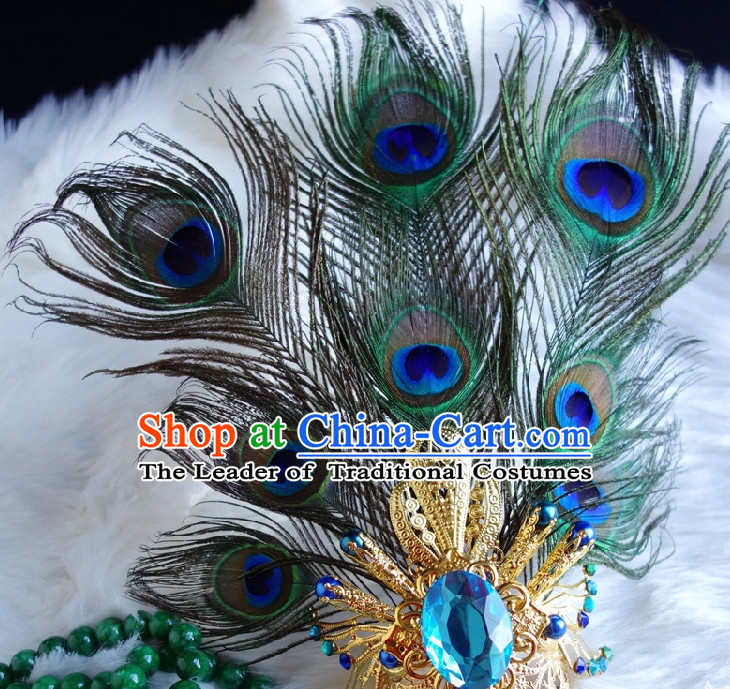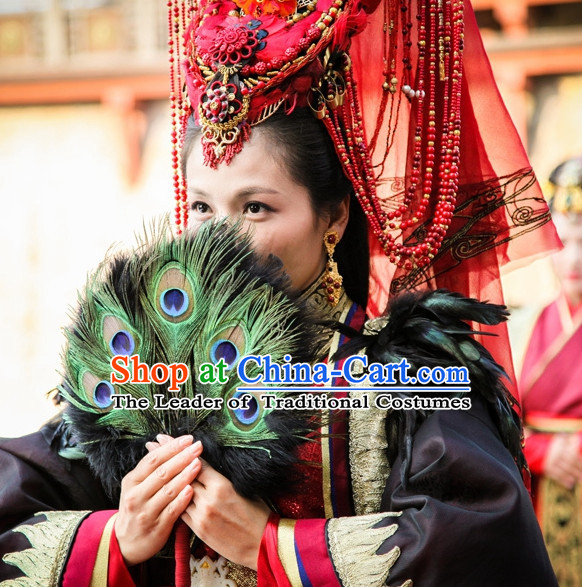
Click Related Pictures for More Audios:
In ancient China, the traditional peacock fan is an artwork full of historical significance and cultural connotations.
It demonstrates the outstanding achievements of ancient Chinese culture with its exquisite design, unique craftsmanship, and rich symbolism.
Firstly, the production process of this peacock fan is extremely exquisite.
The peacock pattern on the fan is lifelike, with delicate feathers and vibrant colors, showcasing the artist's superb skills.
The fan's skeleton is made of bamboo, which is lightweight yet sturdy, providing stable support for the fan blade.
The peacock pattern on the fan blade is made of silk or silk fabric, which is carefully embroidered and painted to create a luxurious and elegant style.
Secondly, the peacock has special symbolic meaning in Chinese culture.
In ancient literature, the peacock is known as the "king of birds," representing nobility, elegance, and beauty.
Therefore, the peacock fan became a favorite ornament among royalty and literati.
On important occasions such as weddings and celebrations, people would wear peacock fans to display their status and taste.
Lastly, the peacock fan carries rich historical background and cultural connotations.
In ancient Chinese society, fans were an important ritual item used for shading, cooling, and conveying messages.
As a beautiful bird, the peacock was also frequently used as a theme for artistic creation.
Therefore, the peacock fan is not only a practical daily item but also a form of art that is rich in cultural heritage.
In conclusion, the traditional Chinese peacock fan from ancient times is a precious artwork that combines craftsmanship, symbolism, and historical culture.
It not only demonstrates the superb skills and creativity of ancient Chinese artisans but also reflects the aesthetic concepts and cultural values of that era.
